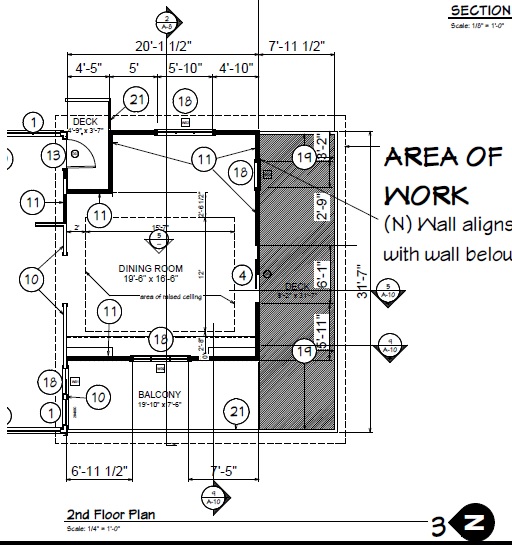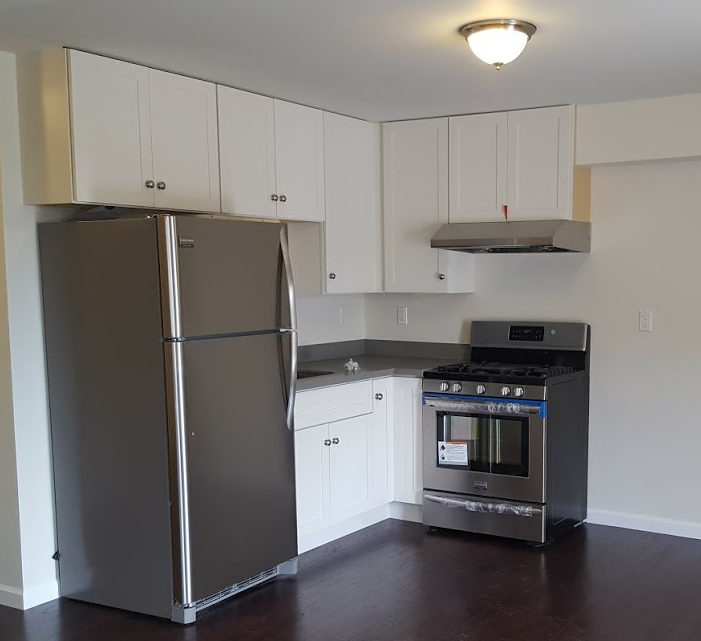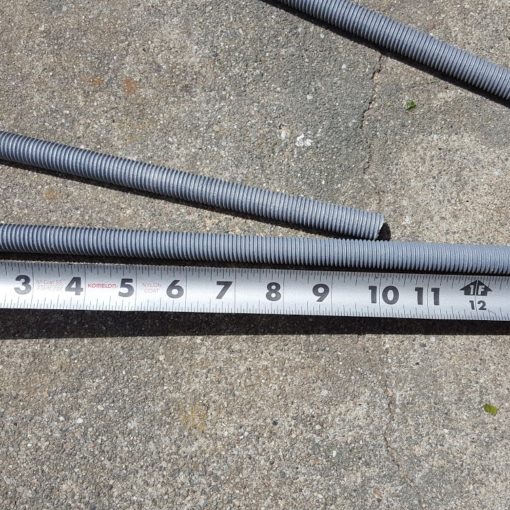The other day I met with a client and the contractor to discuss the project. This project is in the Construction Documents phase – when we make the drawings used to apply for a permit and from which the Contractor will build. The contractor complimented me on the clarity of the drawings.
That means a lot to me. I work very hard to ensure that my construction drawings are complete and clear. I have worked in 4 architectural practices and been and am now the owner of my own practice. Every architect works just a little differently. We all strive for “complete and clear”. Often times, though there a pressures on the project – of schedule, budget, or complexity – that make clarity hard to achieve.
But clarity in the drawings is essential. I have found that it is getting harder and harder to achieve. When I started, the building code was in a single volume smaller than a paperback copy of the first Harry Potter book. Today the architectural and structural building code is in four 3″ three ring binders.
The building code requires that more be designed and less left up to the builder to decide. The reviewing municipalities require more and more information be included in the drawings – information that may or may not be germane to construction. Construction drawing sets are getting thicker and thicker and sheets are now crowded with information that the contractor may not actually need.
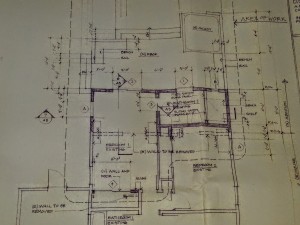
When I started in architecture, one of my first employers would discuss projects as “two sheet jobs” or “5 sheet jobs” – meaning that the construction drawings would be 2 sheets or 5 sheets, or whatever. Those projects today, some 30 years later, would be 8 or 15 page jobs.
I recently unearthed a set of drawings I did for a small single story addition to a house back in 1992. It is 4 sheets and includes a full site plan, a foundation plan, a floor plan, sections, elevation, details and general notes.
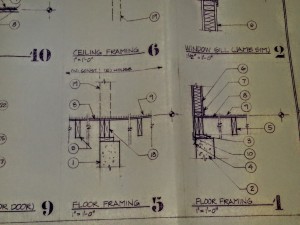
In the office now, I have project with a similar scope, a small single story addition to a house. It was a 10 sheet job and includes an entire sheet of general notes, two sheets of energy conservation compliance forms (Title 24), and an entire sheet of side walk, drive way and curb details that we will not use – there is no work at the sidewalk, driveway or curb – but were required to be in the set by the municipality. We also had to include a drawing (elevation) of the front of the house, even though there is no work at the front of the house. It is a full set. only the last page has unused space on it.
Architects are producing far more documents for each project than ever before.
Clarity is much more difficult to achieve. So when a contractor or building official compliments me on the clarity of my drawings, it means a lot.

